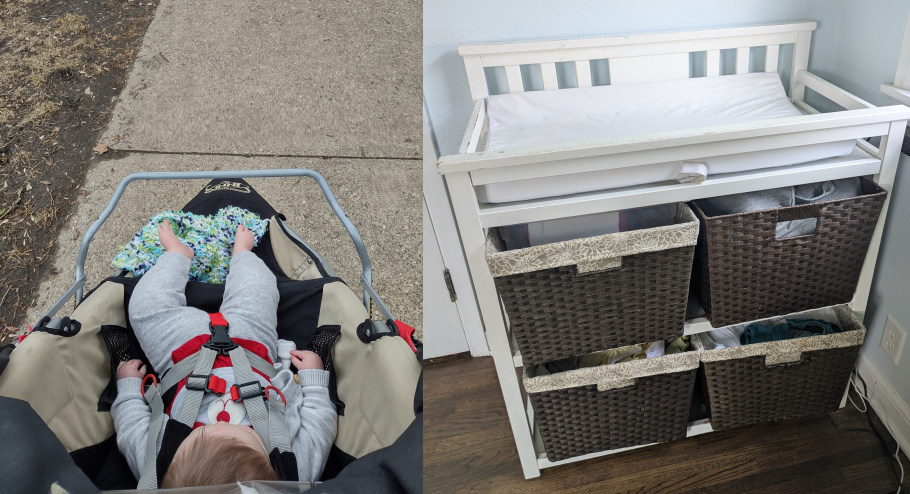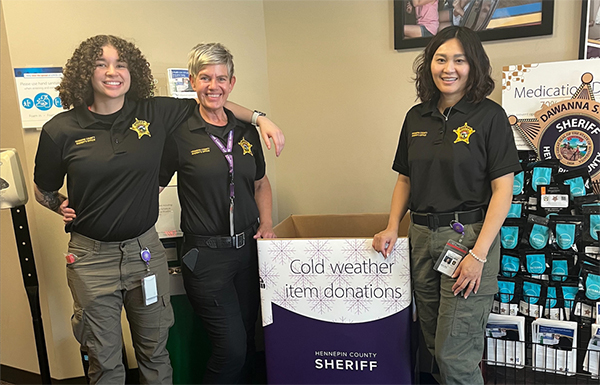Bringing a new baby home is an exciting time, but the endless aisles of brand-new baby gear can feel overwhelming – and expensive. While manufacturers might want you to believe every item needs to be pristine and fresh out of the box, that's simply not true. You can create a safe and loving environment for your little one without breaking the bank.
The key? Knowing what to buy new, and what you can confidently snag pre-loved. Not only will you save money, but you'll also reduce waste – a win-win for your wallet and the planet.
Let's dive into the smart choices for your baby's essentials.
Essential tips for smart used baby gear shopping
No matter what you're buying used, these guidelines will help ensure your baby's safety:
- Check for recalls: Before you buy, locate the model number and check the US Consumer Product Safety Commission (CPSC) and US Food & Drug Administration (FDA) websites for any recalls. A quick search of these websites can confirm if the item meets current safety guidelines.
- Clean and sanitize everything: A thorough cleaning is a must for all used items, especially those that come into direct contact with your baby.
- Inspect and count all parts: Ensure all components are present and in good working order.
- Ask for the instruction manual: Don't be shy about asking for the instruction manual if available. If you can get it, the manual will provide crucial assembly, use, and safety information.
When in doubt, always prioritize your child's safety. Don't hesitate to contact your pediatrician if you have any concerns about specific used products.

Green light. Go ahead and buy these used
These items are generally safe and can save you a bundle. Just remember to give them a good cleaning and inspection.
- Baby carriers and slings: Perfectly fine to reuse. These are designed for durability and are easily washable.
- Baby baths: Score these from friends or family. A thorough cleaning is all it takes to make them good as new.
- Changing tables: Inspect carefully. Ensure all screws and bolts are securely attached and tightened for stability.
- Cloth diapers: You know you’ll need them. Just give them an extra wash before use. The Minnesota Cloth Diaper Bank rents out diapers for free for individuals who want to try out low-waste diapering. Also, Do Good Diapers will deliver and wash your dirty cloth diapers for you each week.
- Rockers or gliders: Ideal for those late-night feedings. As with changing tables, double-check all screws and bolts for tightness.
- Toys: A treasure trove of fun! A good scrub with soap and water will make them ready for a new playtime pal. Just remember to check for any choking hazards and ensure any batteries are secure inside of the device.
- Don’t forget to check out the Minnesota Toy Library where you can borrow toys and bring them back after a few weeks. Two of their locations are in Minneapolis.
- Training potties: Disinfect these thoroughly before use, and they're good to go for potty training adventures.

Proceed with caution (or skip if concerned)
For these items, a bit more vigilance is required. When in doubt, new is always an option, but smart shopping can still save you money.
- Bassinets: Always check for an expiration date, usually printed on the metal tubing. Materials can degrade over time, impacting safety.
- Car seats: The general recommendation is to avoid car seats older than 10 years, as materials can degrade. Always locate the sticker expiration date (most frequently on the side; for infant seats, it might be on the bottom). Review the National Highway Traffic Safety Administration website to find out what types of car seats or boosters are required for your child’s age and size and ensure that the car seat you choose has not been recalled or been in a car accident.
- Cribs: The U.S. Consumer Product Safety Commission (CPSC) has raised concerns about drop-side cribs due to structural issues. Opt for a crib with four fixed sides and try to find one manufactured within the last 10 years. The date of manufacture is typically found on the side or base.
- Highchairs: Look for chairs with a 3-point harness for proper safety. Older models often lack this crucial feature.
- Mattresses: Proceed with extreme caution. Used mattresses have been linked to sudden infant death syndrome (SIDS), though the exact reason is still being researched. Avoid any mattress that appears old and worn, especially if foam or padding is exposed, as this can harbor bacteria. A baby's mattress should be firm; test it by pressing down – if your hand leaves an indentation, it's too soft. The date of manufacture is usually sewn into the seam.
- Strollers: Often built to last through multiple children, making used strollers a tempting option. New safety standards were implemented in 2015, so aim for more recent models. Always inspect thoroughly for wear and tear and check the manufacture date on the rear leg or fabric tag.
- Swings, bouncy seats, and activity centers: These can be great for entertainment, but safety is paramount. The date of manufacture is usually found at the base of the item.
Remember, there are lots of other ways to save money without compromising your little one's safety. If you want to avoid buying gear altogether, consider renting your baby gear. Baby Gear Group rents out baby gear that’s safe to use. For more ways to live sustainably with a new baby, explore other Choose to Reuse articles.
